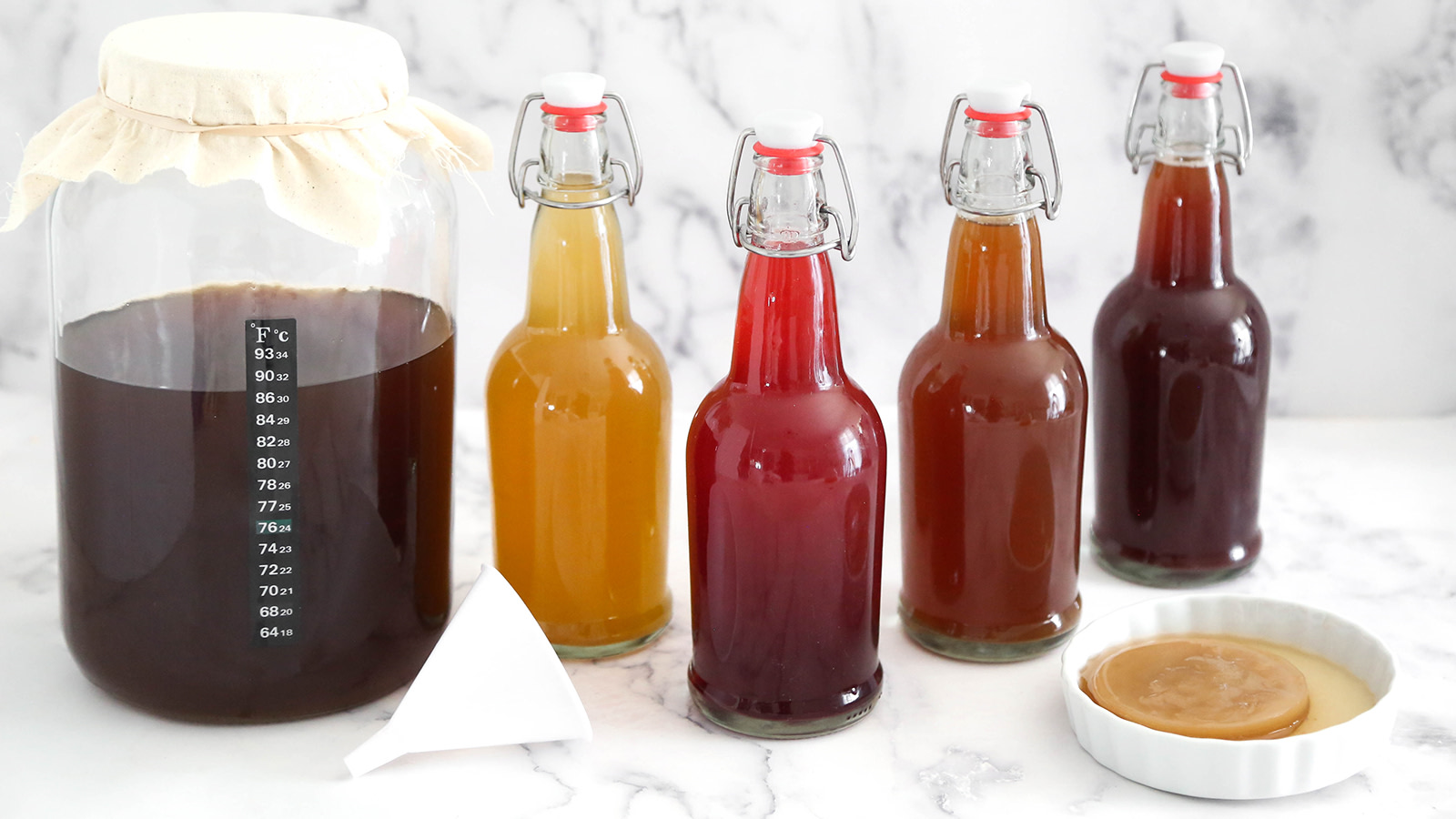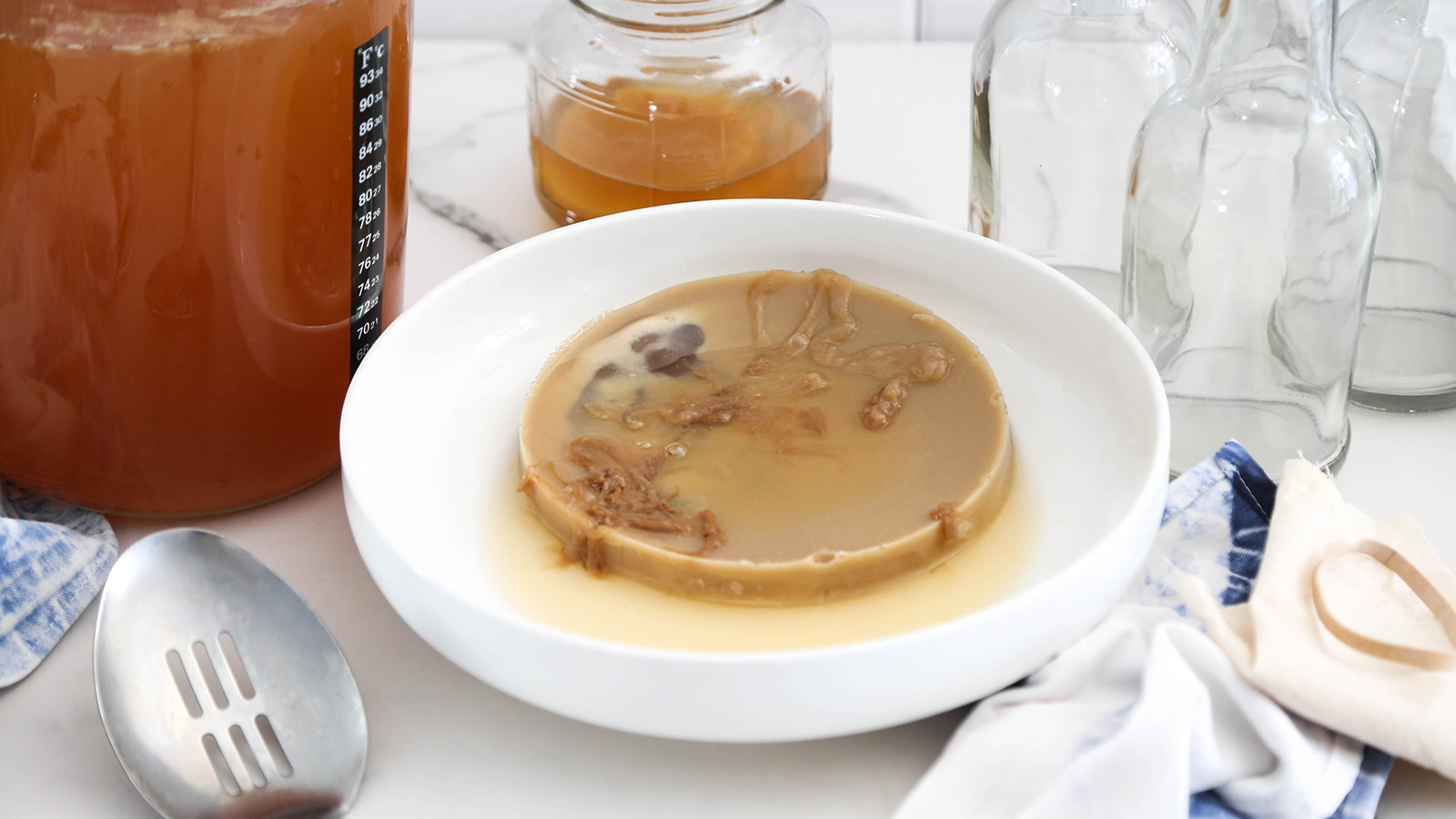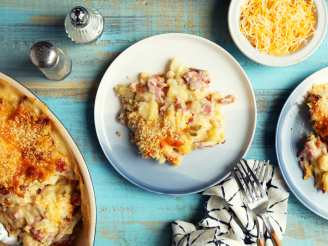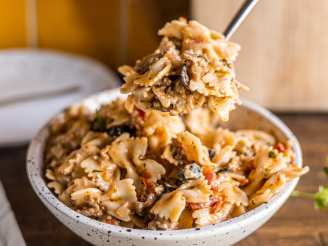Ravioli Dough
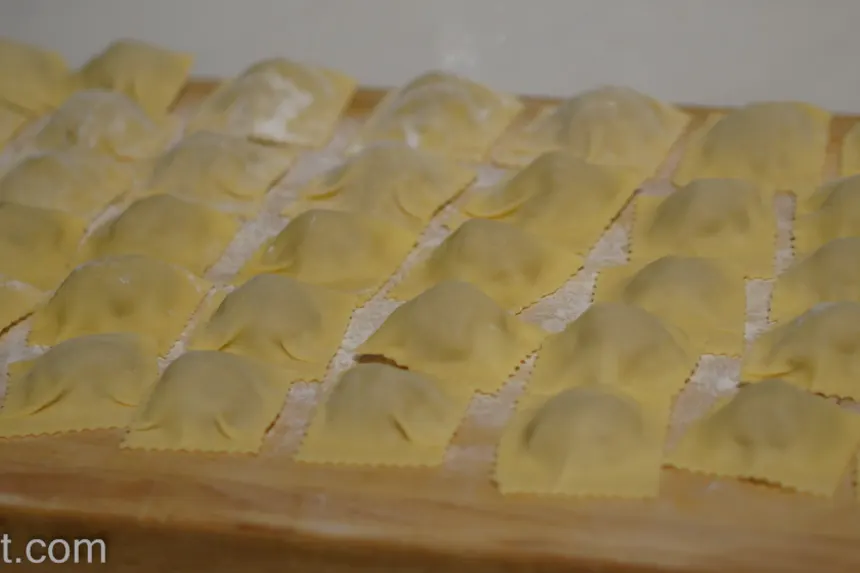
photo by Kelton.A

- Ready In:
- 20mins
- Ingredients:
- 5
- Yields:
-
20 OZ
ingredients
- 2 well-packed cups 00 flour (12 1/2 oz./360 g)
- 1 teaspoon kosher salt
- 1⁄2 cup whole egg (about 2 large eggs)
- 1⁄3 cup egg yolk (5 to 6 yolks)
- 1 1⁄2 teaspoons extra-virgin olive oil
directions
- Place the flour on a dry, clean work surface, forming a mound about 8 to 10 inches (20 to 25 cm) in diameter at its base. Sprinkle the salt in the middle of the mound. Using the bottom of a measuring cup, create a well 4 to 5 inches (10 to 13 cm) wide, with at least 1/2 inch (12 mm) of flour on the bottom of the well.
- Slowly and carefully add the whole eggs, egg yolks and olive oil to the well, treating the flour as a bowl. Using a fork, gently beat the eggs without touching the flour walls or scraping through the bottom to the work surface.
- Then, still stirring, slowly begin to incorporate the flour “walls” into the egg mixture, gradually working your way toward the outer edges of the flour, but disturbing the base as little as possible. If the eggs breach the sides too soon, quickly scoop them back in and reform the wall. Once the dough starts to take on a thickened, paste-like quality (slurry), slowly incorporate the flour on the bottom into the mixture.
- When the slurry starts to move as a solid mass, remove as much as possible from the fork. Slide a pastry scraper or spatula under the mass of dough and flip it and turn it onto itself to clear any wet dough from the work surface. At this point, with your hands, start folding and forming the dough into a single mass. The goal is to incorporate all the flour into the mass, and using a spray bottle to liberally spritz the dough with water is essential. It is a very dry dough, and it is very important to generously and constantly spritz it with water to help “glue” any loose flour to the dry dough ball.
- When the dough forms a stiff, solid mass, scrape away any dried clumps of flour from the work surface, which, if incorporated in the dough, will create dry spots in the final product.
- To knead the dough, on your work surface, drive the heel of your dominant hand into the dough. Push down and release, and then use your other hand to pick up and rotate the dough on itself 45 degrees. Drive the heel of your hand back in the dough, rotate and repeat for 10 to 15 minutes. When the dough is ready, it will stop changing appearance and texture. The dough will be firm but bouncy to the touch and have a smooth, silky surface, almost like Play-Doh. Tightly wrap the dough in plastic wrap before proceeding as directed with your recipe. Makes about 20 oz. (625 g) of dough.
Questions & Replies
Got a question?
Share it with the community!
RECIPE SUBMITTED BY
Kelton.A
United States

